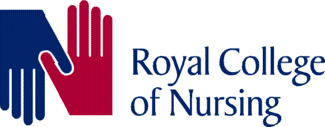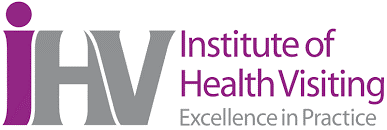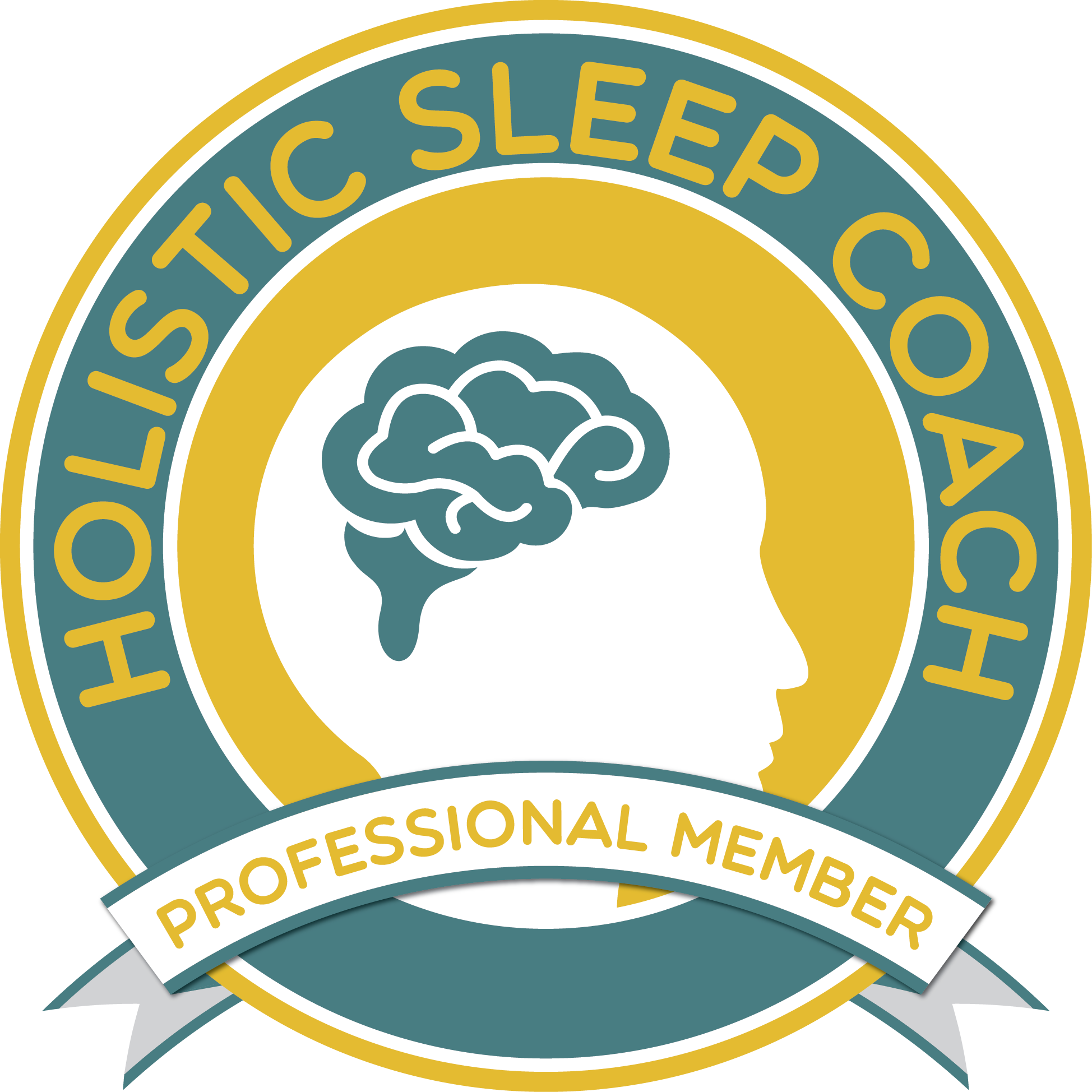What is swaddling?
Swaddling has been used by many cultures for thousands of years. It is thought to provide a calming sensory input through the gentle pressure of wrapping blankets. Proponents of swaddling sometimes claim that it creates a womb-like experience whilst the baby adapts to the “fourth trimester”. Others recommend it for reducing the startle reflex and promoting sleep in particularly “jerky” or easily startled infants.
Are there any risks?
There are a few potential problems to consider:
- There is a risk of overheating.
- There is a small increased risk with SIDs, which increases as the infant gets older. This is probably because swaddling makes it more difficult for infants to roll onto their back again if they roll onto their front.
- Swaddling is strongly associated with developmental dysplasia of the hips, which is where the “ball and socket” joint of the hip does not develop properly.
- Swaddling restricts natural movement and it is not certain what impact swaddling has on the normal development of movement and sensory motor function in infants
Swaddling Safety tips
If you do decide to swaddle your baby please follow the following safety tips:
- Use thin, breathable materials. Check to ensure that your baby does not get too hot
- Do not swaddle above the shoulders
- Never swaddle too tight, particularly around the hips
- Never place a swaddled infant on their front
- Stop swaddling as soon as baby starts to show signs of rolling (you may want to stop pre-emptively before this stage)
Do I need to swaddle my baby?
The short answer is no, but as with most parenting, it is a very personal decision. Ultimately, only you know what feels right for you and your baby. Spending time skin-to-skin with your baby is a wonderful and calming alternative to swaddling with many known benefits. In this way your baby will be soothed by your smell, warmth and touch. Spending time close to you in this way also releases oxytocin, which we know is essential for brain development in the early weeks of life.
Another great alternative is using baby carriers. See my blog post for safety tips for safety carriers. This is brilliant as it gives babies lots of sensory nourishment through being carried around as well as fulfills their need to be close to you- All the while you can get out and about and on with your day!
If you do choose to swaddle do ensure to spend some time in unrestricted movement to compensate such as supervised tummy time on the floor (which is recommended for all babies). This enables babies to develop good core posture and tone, strengthens their muscles and allows babies to practice movement as they grow.











